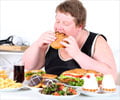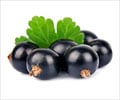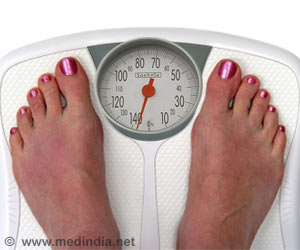Nutritional quality of snacks and foods marketed to children in the UK are less healthy, and claims used on product packaging are confusing. Uniform guidance can avoid confusion on the nutritional quality of many popular foods, reveals a new study.

‘Nearly half of the food and drinks marketed to UK children are less healthy than they claim. Stricter regulations on food labeling and product content are needed to discourage the promotion of foods which might be considered obesogenic.’
Read More..




Child-focused marketing techniques, using cartoon characters, toys, games and promotions (cards and vouchers), have long been an advertising staple. But the use of health and nutrition claims for particular foodstuffs is a more recent trend, note the researchers.Read More..
And the evidence suggests that when such claims are made, they create a positive impression, a phenomenon known as the 'health halo effect'.
While steps have been taken to control the advertising to children of products high in fat and sugar, such as sweets, chocolates, and sugar-sweetened drinks, rather less attention has been paid to other foods carrying product packaging claims suggesting that they contribute to good health/nutrition, say the researchers.
To try and address this, they scrutinized the energy, fat, sugar, and salt content of foods marketed to children above the age of 1, and widely available in various large food retail outlets in the UK.
The researchers focused on products with child-focused imagery and health and nutrition claims on the product packaging, including terms such as "one of 5 a day," in reference to the UK government's push to get everyone to eat five portions of fruit/vegetables every day.
Advertisement
This uses a scoring system, made up of seven elements energy; total sugars; saturated fat; salt; fruit/vegetables/nuts; fiber; protein from the product labeling information, to classify the nutritional quality of foods.
Advertisement
Cereal bars had the highest energy and saturated fat content, while cereals had the highest salt content.
Fruit snacks had the highest sugar content, averaging 48 g/100 g, but still made the 5-a day claim, in many cases something which is likely to be confusing for parents, suggest the researchers.
One in three products contained concentrated fruit juice as an added ingredient while one in four used pureed fruit.
Nearly a quarter of the products, most of which were fruit-based drinks and snacks, made 'no added sugars' claims. But half had concentrated juice or fruit puree as the added ingredients.
"Processed fruits are perceived by the public as a healthy natural alternative to added sugars, but because of the breakdown of the cellular structure they potentially have the same negative effect on weight gain as other forms of sugar, which is why they have recently been classified as free sugars in the UK," write the researchers.
Many products (over 41%) made 5-a day claims, most of which were fruit drinks, ready meals, and fruit snacks. Processed fruit, concentrated fruit juice, or puree appeared as ingredients in nearly half (just over 44%) of these products.
But despite most (82%) of them claiming to contain one portion of fruit or vegetables, three out of four didn't contain the recommended 80 g portion size. And half of the products making 5-a day claims didn't specify whether these were adult or child size portions.
The serving size for most (nearly 95%) fruit-based drinks exceeded the recommended 150 ml limit for fruit juice, yet the fruit and vegetable portions for most products were below the recommended portion size.
The researchers caution that while they tried to include as representative a sample of products as possible, some may have been missed, and they were obliged to estimate the content of some products in the absence of adequate ingredient information on the packaging.
But the findings indicate that "health and nutrition claims used on product packaging are currently confusing," they say.
"Prepacked foods targeted to children can be consumed as part of a 'balanced and healthy' diet, yet their health and nutrition claims remain questionable. Given the current rising rates of childhood obesity, the consumption of less healthy foods may have long term negative implications on child health." write the researchers.
"Stricter regulations on product composition, food labeling, and marketing techniques are required to discourage the promotion of foods which might be considered obesogenic," they conclude.
Source-Eurekalert















